
I’m really pumped that the new 2012 Sno Pro 600 race sled is built on the same ProCross platform that we regular riders will get.
After five years of racing a competition-specific machine that had little connection to most of its consumer sleds, Arctic Cat is returning to the “race-what-we-sell” program that defined the ZR and early-Firecat eras. I see this as huge step forward that has the potential to accelerate the continual improvements that inevitably happen to sleds during their lifespan.
Arctic Cat is at its best when the creativity and feedback produced by its race program directly influences all of its snowmobiles. The amazing ideas generated through race development are staggering, from entire chassis and suspension platforms to individual components.
Examples that come to mind: Torque Sensing Link, Extra Travel Tunnel, laydown engine architecture, Slide-Action suspension, and even the ProCross chassis (which was formulated based on what was learned from the 2008-11 race sled).

This past spring I witnessed handful of engineers and racers spending the day testing one of the early prototype Sno Pro 600 race sleds.
This day included Brian Dick, Arctic Cat engineer and racer; Russ Ebert, engineer and crew chief for the Factory Team Arctic program; Steve Houle, owner of Speedwerx and builder of the 600 mod race engines that powers Open class race sleds; Dave Otto, mechanic for the Factory crew; and Factory racers Dan Ebert and Kyle Pallin.

This particular race sled proto had already seen test time in both snocross and cross-country environments, but this was the first time that Ebert and Pallin rode this version.
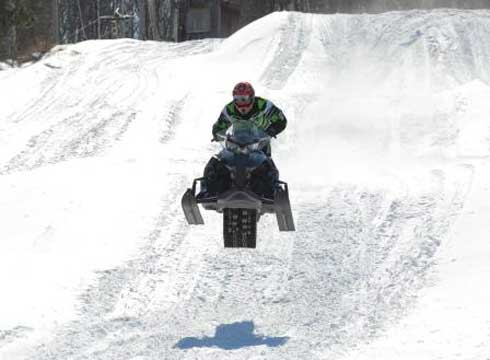
While the new-for-2012 ProCross race sled added a new and exciting element to springtime testing, the scene that unfolded this day was a repeat of what happens every year at this time: take the best stock race sled from the current year (in this case, Dan Ebert’s stocker exactly as it came off the track at Lake Geneva two weekends prior), and use it as a baseline to compare, tweak and improve the next year’s sled.
Last year’s race sled was highly-evolved and arguably the best stock machine in snocross and cross-country. The goal for the new machine is to be even better.
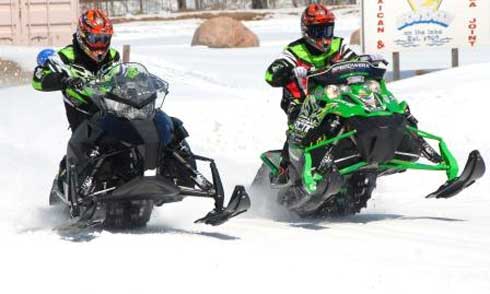
On this day the focus was acceleration comparison testing up a groomed hill.
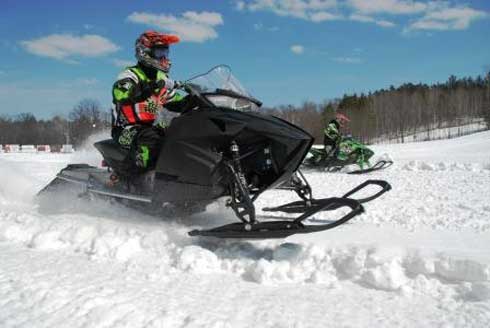
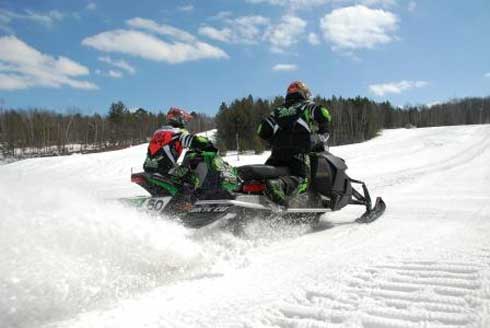
Ebert and Pallin took turns on each sled, lining up side-by-side and drag racing to the top of the hill, while the rest of the crew observed whatever differences existed between the two machines.

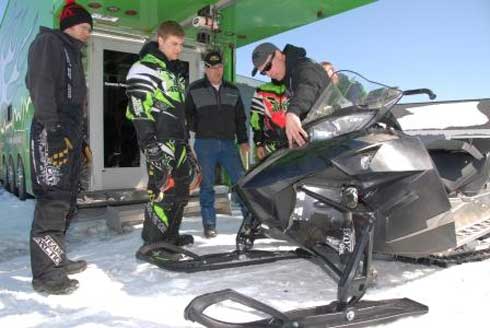
After 6-8 runs, the crew would head back to the Factory Team trailer, where a new clutch calibration, ignition map or suspension tweak was given to the 2012 prototype. Then it was back to the freshly-groomed hill where another 6-8 drags determined the efficacy of each change.
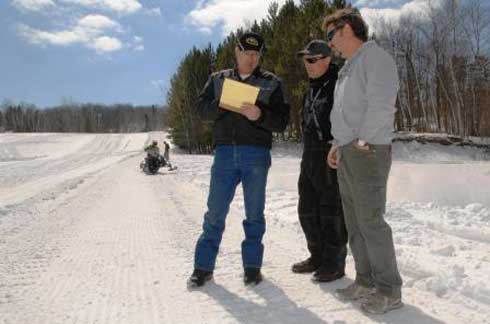
Notes were taken, racer feedback was solicited, discussions ensued and slowly but surely, a direction emerged in terms of calibration.
More test sessions followed, at this location and in the Rocky Mountains (below). Different Team Arctic racers were brought in to gather feedback and test calibration.
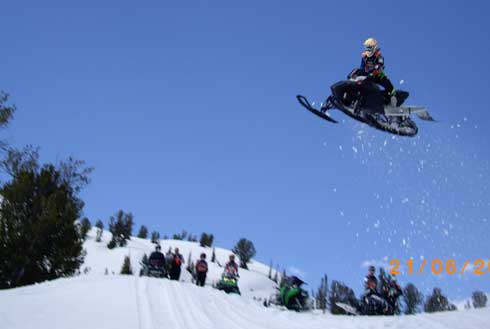
Because this year’s racer is all-new, the company wanted as much time as possible to test component selection and calibration, the production schedule is later than normal, with sleds being produced in early November.
I’m always a little tentative to make grandiose proclamations about new machines that haven’t yet faced the competition. If history is an example of what to expect, then there will be many things learned during the first several races, with the usual teething gremlins getting sorted out via steady, noticeable improvement. If the wins don’t come immediately, it won’t take too long.
I gladly welcome this learning curve element of the new race sled, because there’s a strong chance that what’s learned on the track will eventually improve what we ride on the trail.
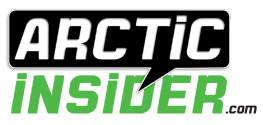


I know it’s “work” but, what a way to make a living! Sign me up!
this was like 2-3 years ago right? please tell me cat tested this new chassis for more then just last spring???lol
Yes Flintstone, they tested more than just last spring. That just happened to be the day that I shot pix.
Flintstone, nope only this last spring for the racer but the chassis has been in development for about 3-5 years..
Great report John. I love the final picture showing all the sleds, riders and activity going on. I see the date stamp on that image is June 21 2011. I am pretty sure on June 21st this year I was swatting mosquitoes and mowing the lawn 🙁
Nice write up – thanks.
How much involvement does Russ have in these new sleds? I had Russ for a shop teacher back in 1991-1993..nice guy!
Awesome story and pix!
I think the only thing I would change is, I think the seat should be green on the right side, and white on the left…since the machine’s hood is white on the right and green on the left side.
The tunnel graphics look real agressive…like they were RIPPED, not cut…spaces in between the letters, really makes a statement…I love that!
Cool, very cool… glad to see that CAT still has claws…
The new race machine should do well in both snocross and cross country this upcoming winter. It will be fun to watch.
Theres not doubt in my mind that the pilots of the new race sled will make it good, but i like the idea of having a race specific sled. i understand that there are many differences between the race sled and the consumer sled but its to much alike for me. Polaris has tried to get the cross country racers to race the rush full time for the past 2 years in the uscc and no one wants to, the IQ is just better. I hope this isnt the case for arctic cat. Cat and polaris were the only two brands that had race specific sleds, ski doo had a race sled that was built off the consumer chassis but wasnt a standout, now polaris is really the only one and i dont like that. I like the idea of having the new technology in the race sleds then bringing it to the consumers a few years later then by that time there is a new race sled. but thats just me and who am i to say
Race specific sleds drive up the cost of racing. Race what is sold on the showroom floor, there is more built, costs go down and hopefully the price of the sled offered through the program goes down too. Price goes down and more people can afford to race. More people race, more fun and more entries mean more money, more money means more for you to win!
I’ve race since 97 and have seen many versions of sleds go through Arctic. Started on the 97 ZR440 which was the first consumer offered “race” sled. I remember buying the twin spar 600, which was a consumer sled. 2 very different sleds in that the 97 won a lot and the twin spar was too consumer and couldn’t buy a free lunch. But the costs were very similar in that we could buy them for less then what we are able to buy a “race specific” sled. I remember buying 2 440’s for about the same as what it will cost to buy just 1 600 this year. I think Arctic has a good base for a consumer race sled here and I hope they keep going with it and hopefully the cost comes down a little.
Greetings! Quick question that’s entirely off topic. Do you know how to make your site mobile friendly? My web site looks weird when viewing from my iphone. I’m trying to find a theme or plugin that might be able to correct this issue. If you have any recommendations, please share. With thanks!